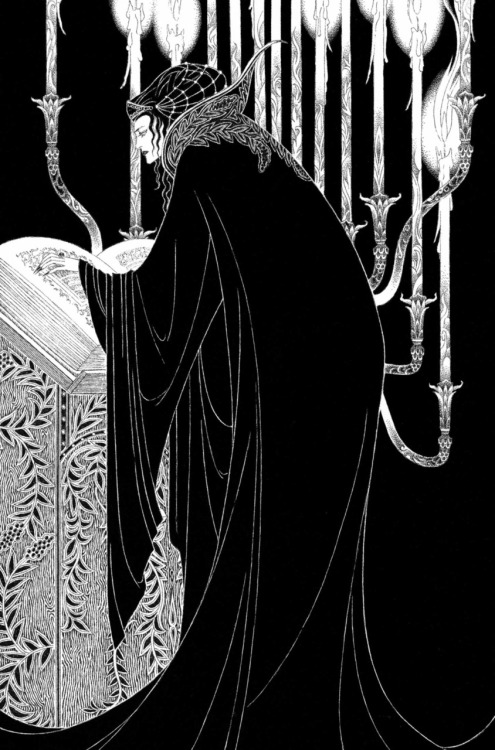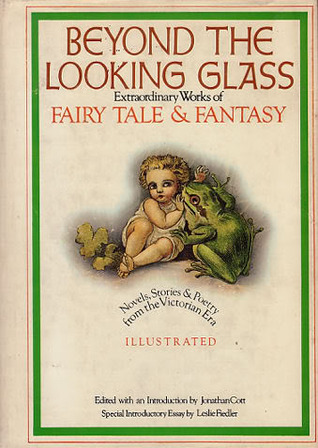Toshiaki Kato
One of the FAQs in fairy tales is, why is the stepmother always portrayed as evil? In the latest podcast from TabledFables, one of the speakers admitted that she even thought "stepmother" was a bad word when she was younger.
There are a few common answers to this issue that have been discussed here and elsewhere:
1. Often, the villain in older versions of the tale were actually the birth mother. It was considered less horrific for a stepmother to plot evil against the protagonist and the Grimms altered several stories.
2. Historically, women were much more likely to die in childbirth. Therefore, it wasn't that uncommon for men to remarry and two families to join together. Fairy tales might reflect, in exaggerated fashion, some of the tensions that arose. Especially when there was limited inheritance to go around, parents might be extra sensitive about protecting their children or assuming there would be bias from their spouse.
3. Sadly, it also shows tendancy towards gender bias-women are traditionally either passive, obedient, and good in fairy tales, or downright evil. Male characters, even those that transgress like Donkeyskin's father, usually escaped being punished.
I came across yet another way to think about it from Leslie Fiedler's introduction to Beyond the Looking Glass. The stereotypical image of fairy tales being told is an old woman entertaining a group of children. It wasn't always the case, but often fairy tales may have been told by grandmothers to their grandchildren. Especially if you consider the possibility of the teller being the paternal grandmother, you can start to see why their might be some bitterness towards the mother-who, to her, is a "supplanter", and why the fathers tend to get away without guilt.
Mother Goose image from here-artist??
Clearly this wouldn't apply to every scenario, but is an interesting way to think about it!






No comments:
Post a Comment